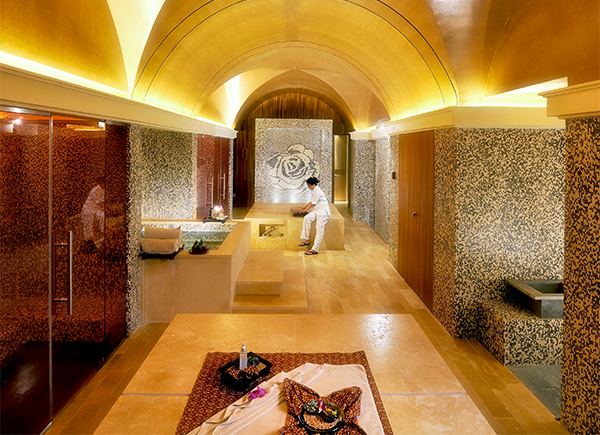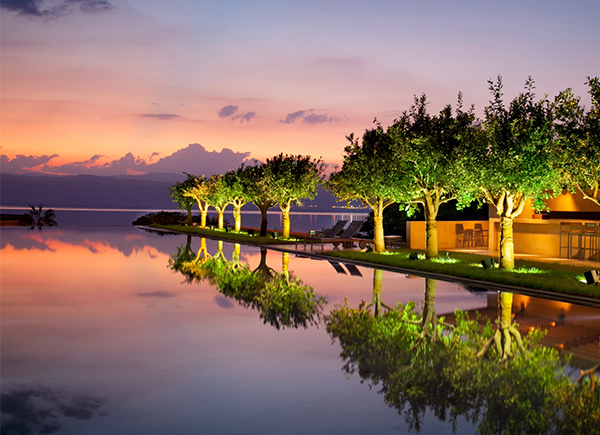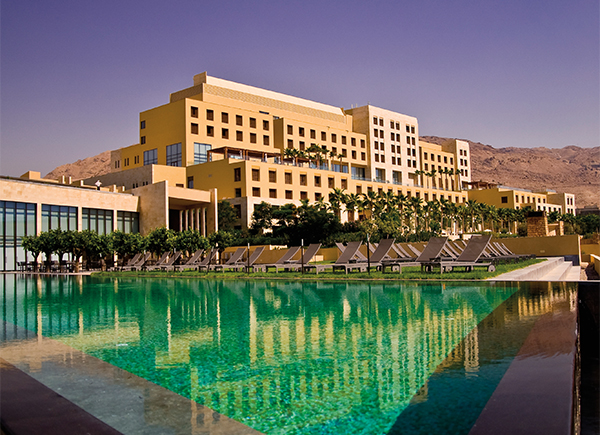As dusk descends on Jerusalem, thick beeswax candles burn to a low nub on the altars of the Church of the Holy Sepulchre; the incense-heavy air becomes stale. The gatekeeper of one of Christendom’s most sacred sites stands silently against the sky-high wooden entryway doors. With his head held high, the man grasps a worn 30-centimetre-long iron key and observes the chattering tourists and penitent pilgrims as they exit through enormous doors. It seems fitting that a man of such small stature and an oversized iron key are what protect the time-worn treasures inside.

As the church closes, I step into the noisy plaza and wander the crowded souk-like passages of Jerusalem’s Old City, retracing my steps back to Herod’s Gate, one of eight gates that were joined by the Old City walls in the 16th century. In the distance, the gilded Dome of the Rock gleams. Children play. An elderly man sets up a game of chess with a young boy on a table made of wooden crates.
Although Jerusalem is deeply complicated and often volatile, here on this history-swept street corner, today is just another sleepy Sunday in the Middle East.
Israel and Palestine cluster on one side of the Dead Sea, and on its opposite bank rests the Hashemite Kingdom of Jordan, a quiet neutral neighbour. Within about a 300-kilometre radius, countless inspirational sights await.

Leaving Jerusalem, I travel along the scenic highway that cuts through the Jordan Valley and I catch my first glimpse of the Dead Sea. It appears like a mirage—a large cobaltcoloured lake in a brittle, parchment-paper wilderness, edged with crags of translucent rock salt. Bordered by bleak desert mountains and the pale valleys of Palestine, Israel and Jordan, the world’s deepest salt lake rests 430 metres below sea level, making it the lowest spot on the planet. Close to the ancient cities of Jerusalem and Amman, it also stands not far from the once-lost, legendary city of Petra and the wind-swept Arabian deserts.
Designer hotel and luxe spa resorts surround the Dead Sea on both its Jordan and Israel sides, all in close proximity to sites of ancient treasures of art, history and culture. Set along its salty rim, these lavish properties offer extravagant gardens, tented cabanas, swank outdoor lounges, infinity-edge pools and shady al fresco dining spots. In the evening, light shows and dancing are held poolside or in big billowy tents—a stark contrast to the more sacred feel of Jerusalem’s historic and religious sites.

The ultra-modern Kempinski Hotel Ishtar sits directly on the shore of the Dead Sea in Jordan, and is just over 30 minutes from the Queen Alia International Airport. The large private villas (where Brad Pitt and Angelina Jolie have allegedly stayed) are one of the draws, but this Kempinski is best known for its Ishtar Spa by Resense. At 10,000-square metres, it’s the largest spa in the Middle East and houses 20 treatment rooms (six of them individual ones, outdoors), Tepidarium heated lounges, steam rooms, a saltwater pool and the largest hydro pool in the region.
I sit by a circle-shaped pool and watch the sun set as the lights of Jerusalem start to glimmer in the distance. In the morning, I enjoy a cool mud scrub and float in the Dead Sea, which contains the highest salt concentration of any body of water in the world. Here, bathers can float in a seated or standing position, enabling them to read a newspaper without getting it wet. The sensation of bobbing like a buoy is odd and exhilarating, and afterward I feel relaxed and ready to explore historic sites beyond its briny banks.

Crossing the border back into Israel, I head to Mount Masada where more than 2,000 years ago, King Herod the Great built a mammoth palace overlooking the western shore of the Dead Sea; its eastern cliffs stand 400 metres high. Today the ruins of Herod’s reign are not only a popular tourist attraction with a museum at its base and cable car to the top, but such vestiges of history are also the setting for a 7,500-seat amphitheatre where the Israeli Opera Festival hosts shows each summer. This June, the festival will put on performances of both “Tosca” and “Carmina Burana.” Twice weekly, from April through October, the amphitheatre also offers a nighttime light show with the dramatic Masada peaks as a backdrop.
Back in Jordan, about two and a half hours by car from the Kempinski Hotel Ishtar, I trek the rose-coloured sandstone ruins of ancient Petra. In the summer, 1,500 candles illuminate the ruins three nights a week. Equally impressive by day, Petra, a UNESCO World Heritage-designated site, is an ancient city of towering edifices hewn into high cliffs. Dating back as early as 312 BC, Petra is Jordan’s most-visited tourist attraction and is considered one of the seven man-made wonders of the world.
From a distance, the deserts surrounding the Dead Sea seem as unattractive as a chalky grey gravel pit, but up close, a quiet rugged beauty emerges. Everything in Israel, I learn, looks sweeter and less complicated up close.
